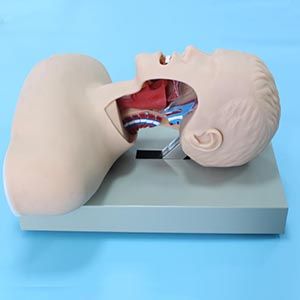In modern medical education, tracheal intubation, as a basic and complex clinical skill, requires more and more training for doctors. Especially in emergency situations, intubation skills directly affect the life safety of patients. In order to solve the challenges existing in traditional teaching, more and more medical schools and hospitals have introduced advanced tracheal intubation training models, which can simulate the real clinical environment and provide a more systematic training platform for students and medical personnel. So, can this advanced training model meet the needs of different learning stages? We will analyze it from several aspects.
1. Beginner stage: the transition from theory to practice
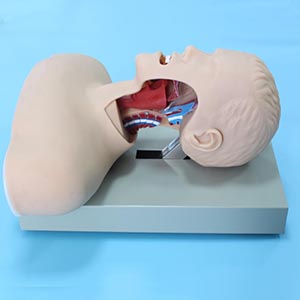
Advanced Tracheal Intubation training model
For medical students or beginners who are new to tracheal intubation technology, the most challenging problem is often the transition from theoretical learning to practical operation. Traditional teaching methods often rely on the way teachers teach apprentices, and students need to practice on real patients, which undoubtedly increases the risk of failure. The advanced tracheal intubation training model provides a safe and repeatable training platform by simulating the structure of human airway. Through simulation training, students can gradually master the basic steps of tracheal intubation, including but not limited to correct positioning, operation skills and the ability to respond to emergencies. In this way, beginners are able to gain operational experience in a risk-free environment and enter the clinical internship phase with more confidence.
2. Intermediate learning stage: refining and improving skills
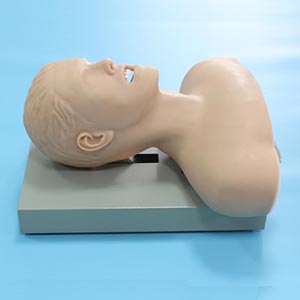
After reaching the intermediate level, students are usually able to perform basic tracheal intubation operations, but may still be unable to handle complex situations. For example, patients with abnormal airway anatomy, emergency management after intubation failure, etc., require trainees to train in more complex situations. The advanced tracheal intubation training model provides a variety of simulated scenarios, such as neck abnormalities, cough reactions, and airway obstruction, to help students deal with more challenging situations. In addition, some high-end models are equipped with feedback systems that can analyze problems in operation in real time and make suggestions for improvement, which allows students to refine their skills through repeated practice.
3. Advanced learning stage: emergency situations and self-assessment
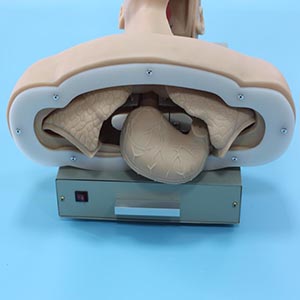
In the clinical practice stage, students usually have the ability to operate independently, but there are always unexpected situations in the clinic, such as airway management of severe patients or emergency treatment after intubation failure. At this time, the students' decision-making ability and emergency response ability become particularly important. The advanced tracheal intubation training model can simulate a variety of complex clinical scenarios and train students to make fast and accurate decisions in emergency situations. Not only are these models highly simulated, they are often equipped with a function that simulates vital signs and monitors the patient's status in real time, helping participants determine whether the intubation has been successful and whether further action is needed. By simulating emergency situations many times, students can accumulate experience in dealing with complex situations in practice, and constantly improve their emergency response ability.
4. Self-assessment and continuous improvement
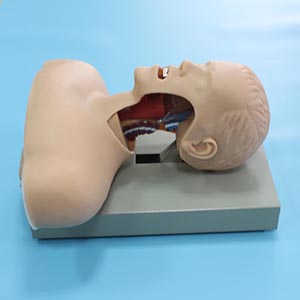
Advanced Tracheal Intubation training model
At any stage of learning, self-assessment and continuous improvement are essential. Advanced tracheal intubation training models are usually equipped with data logging and analysis capabilities, which can provide students with detailed operational reports, pointing out the advantages and disadvantages of the operation. This kind of data support not only helps students understand their progress, but also provides effective feedback to tutors to help them develop more targeted training programs for their students.
conclusion
The advanced tracheal intubation training model can effectively meet the needs of different learning stages through its diversified functions and high degree of simulation design. For beginners, it provides a safe and repeatable practice platform to help students lay a solid foundation; For intermediate students, it provides more complex simulation situations to promote the refinement and improvement of skills; For advanced students, it challenges students to deal with complex and emergent clinical situations, developing decision-making skills and emergency response capabilities.

